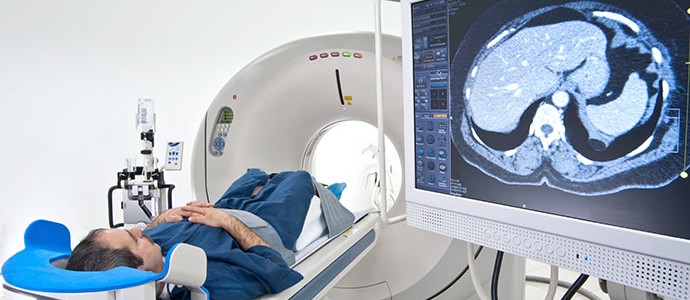Degenerative
Abnormal magnetic-resonance scans of the cervical spine in asymptomatic subjects. A prospective investigation.
- Boden SD, McCowin PR, Davis DO, Dina TS, Mark AS, Wiesel S
- The Journal of bone and joint surgery. American volume | 72 (8) | September 1990

- To document the prevalence of clinically false-positive interpretations of magnetic resonance scans of the cervical spine in an asymptomatic control population
This classic paper published by Boden et al (1990) is a parallel study to the one investigating abnormal magnetic resonance imaging scans of the lumbar spine in asymptomatic subjects that was published the same year. This study included 63 asymptomatic volunteers who were screened and underwent an MRI scan of the cervical spine. The MRI scans were randomly mixed with 37 patients who were considered symptomatic with either a herniated disc or foraminal stenosis and interpreted by three neuroradiologists.
One of the criticisms of this study is the method in which the asymptomatic volunteers were selected. All subjects underwent screening by interview and personal interviews. Subjects were excluded if they had a history of cervical pain, trauma, pain in the shoulder or radicular symptoms. There are two concerns with this. The first being recall bias. The age range was 20 to 73 years. It is very plausible that some patients, especially those who were older may have had symptoms related to neck pain that were self-limiting sometime in the past and had forgotten about this (recall bias). Secondly, the exclusion criteria was very narrow. As we know, some patients present with atypical pain or clinical symptoms that may arise from the cervical spine, and may be overlooked by the clinician and patient. Inadvertent inclusion of these patients in the “asymptomatic” group would not necessarily change the overall outcome of this study, but certainly would introduce bias and alter the magnitude of the association.
As with the parallel lumbar study, there is concern with the reading of the MRI scans. The paper does not clearly define who and how the 37 symptomatic patient scans were specifically selected. No definition of “well defined clinical symptoms or signs” was provided. As for classifying the pathology, it was clearly stated that precise definitions were not agreed upon before grading the scans. This obviously led to decreased intraobserver reliability. In fact, some of the “subjects, levels, and findings” were not included in the calculations due to differences in severity as classified by the radiologists. Again, this has the potential to change the true estimate. The three radiologists agreed on the exact diagnosis (180 disc levels evaluated) only 71% of the time.
The authors do not have appeared to control for any confounders, such as smoking. There was no discussion regarding this.
A similar study out of Japan by Nakashima et al (Spine 2015) studied 1211 healthy volunteers. Quantitative measurements of the canal diameter and cross-section areal of the cord were included in this study of patients aged 20 to 70 (similar age range to Boden et al). In contrast to the Boden et al study, the authors of this study concluded that presence of disc bulging increased with age in regards to frequency, severity, and number of levels involved. In fact, 87.6% had a bulging disc. It should be noted that the Nakashima study also utilized a 1.5T imaging system similar to Boden et al.
Lee et al (J Korean Neurosurg 2013) found a prevalence of disc herniation of 81% in 100 asymptomatic Korean men and women. This is significantly higher than that presented by Boden et al (8%). The discrepancy between the two studies likely lies in the differences of grading criteria utilized.
In summary, the study by Boden et al was one of the first to critically evaluate the presence of abnormal MRI findings of the cervical spine in asymptomatic subjects. The point estimate may not reflect the true magnitude based on some of the potential biases discussed, but the overall conclusions of the study remain valid. Surgeons and clinicians should treat the patient, not the diagnostic scan.


Comments (0)
Note: We honor your privacy and will not disclose or share your email address with any third-party. Your email address will not be published, and is only used for the purposes of replies and notifications pertaining to these comments.